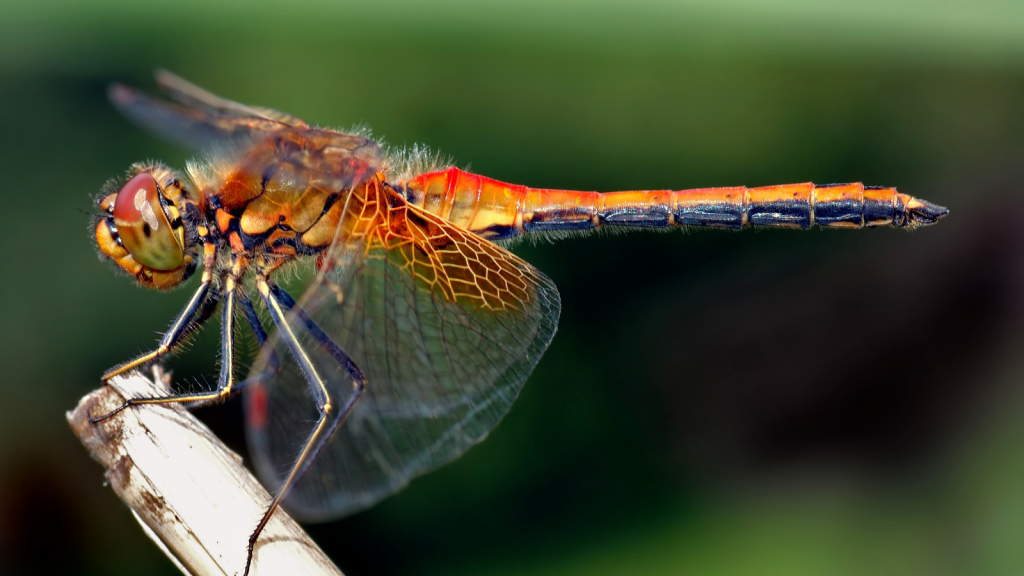Our gardens are more than just peaceful havens of flowers and greenery. They’re bustling ecosystems teeming with life, where daily dramas of survival unfold. While we might expect to see the occasional fox or hawk, there’s a whole world of lesser-known predators operating right under our noses. From tiny insects with voracious appetites to surprising vertebrates with hunting prowess, these garden predators keep the natural balance in check. I encourage predators into my garden as much as I can, as they help to keep the pests at bay, and my fruit and veggies safe.
Ladybirds
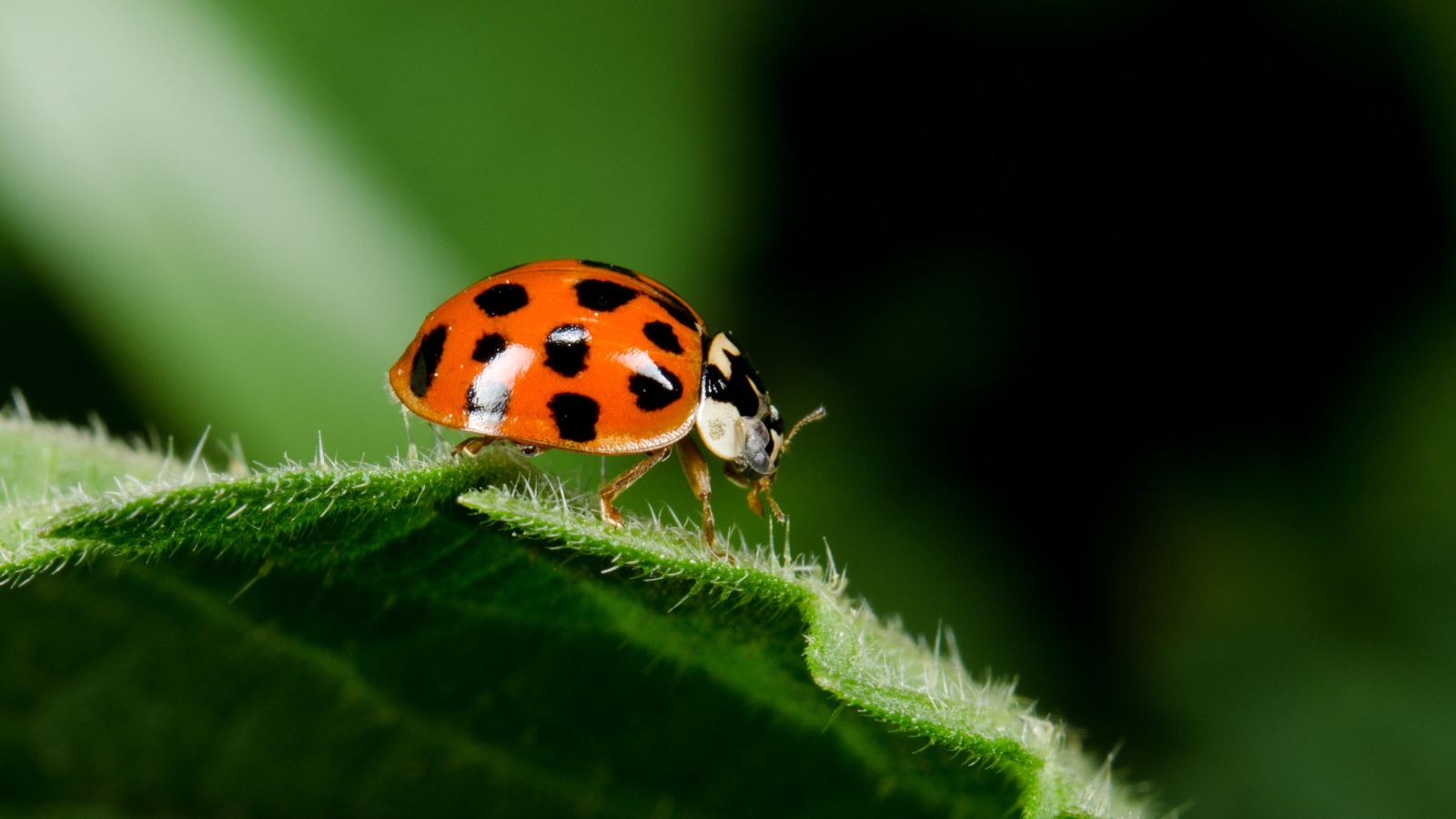
These cute, spotted beetles are actually ferocious predators. Ladybirds, both as larvae and adults, have a massive appetite for aphids and other small insects. A single ladybird can eat up to 5,000 aphids in its lifetime. Their predatory nature makes them excellent natural pest control for gardeners. Interestingly, some ladybird species are cannibalistic, with larger larvae eating smaller ones when other food is scarce.
Ground Beetles
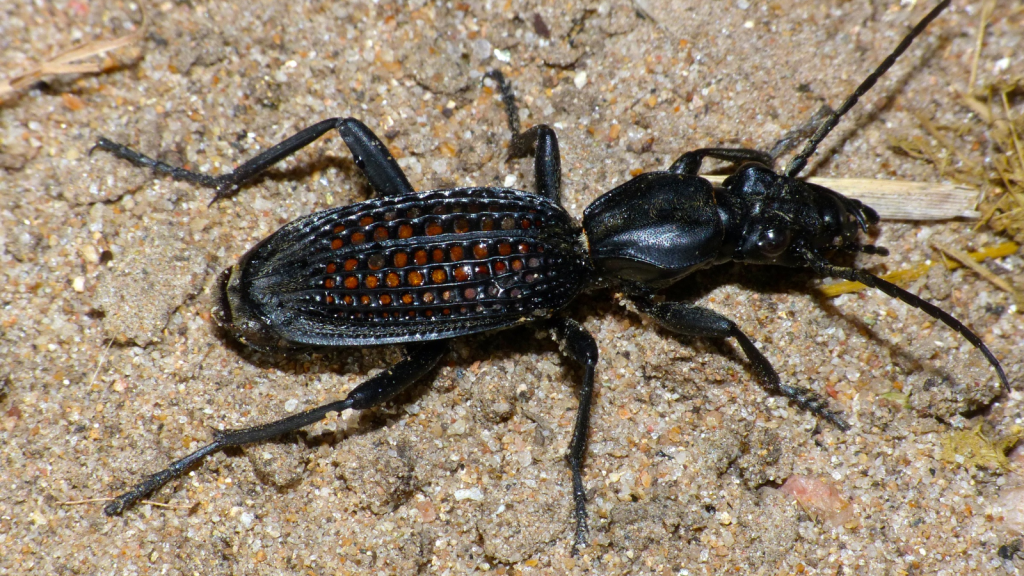
Often overlooked, ground beetles are efficient hunters that patrol the soil surface at night. They use their powerful jaws to catch and eat slugs, snails, and many pest insects. Some larger species can even tackle small earthworms. Ground beetles play a crucial role in keeping garden pests under control. Many species of ground beetles also have the ability to spray foul-smelling defensive chemicals to deter predators, making them well-protected hunters.
Dragonflies
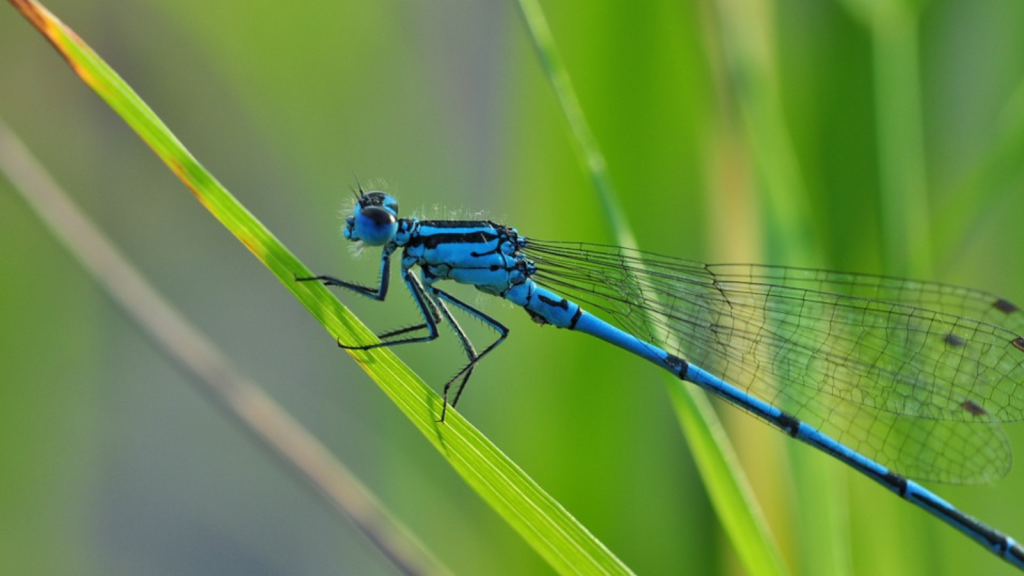
These aerial acrobats are among the most efficient hunters in the insect world. Dragonflies catch their prey – mostly mosquitoes and midges – on the wing with incredible accuracy. They can spot movement from up to 12 meters away and predict where their prey will be, adjusting their flight path accordingly. Dragonflies have a nearly 95% success rate when hunting, making them one of the most effective predators in the animal kingdom.
Hedgehogs
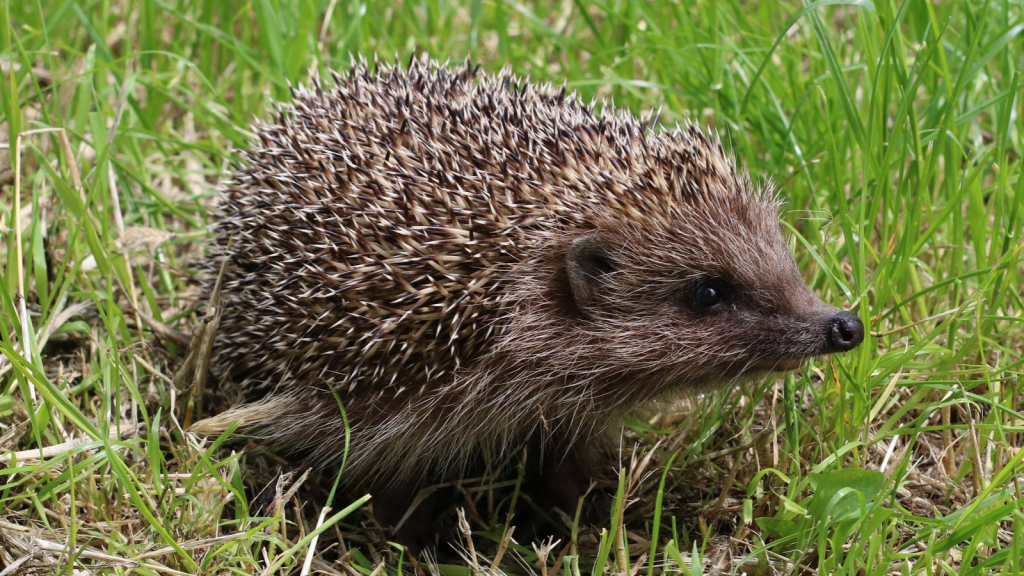
While they might look cute and cuddly, hedgehogs are actually voracious predators. They roam gardens at night, using their keen sense of smell to find insects, slugs, and snails. Hedgehogs can even tackle larger prey like frogs and young rodents. Their appetite for garden pests makes them a gardener’s best friend. A single hedgehog can eat up to 70 grams of invertebrates in one night, equivalent to a large plateful of food for a human.
Centipedes
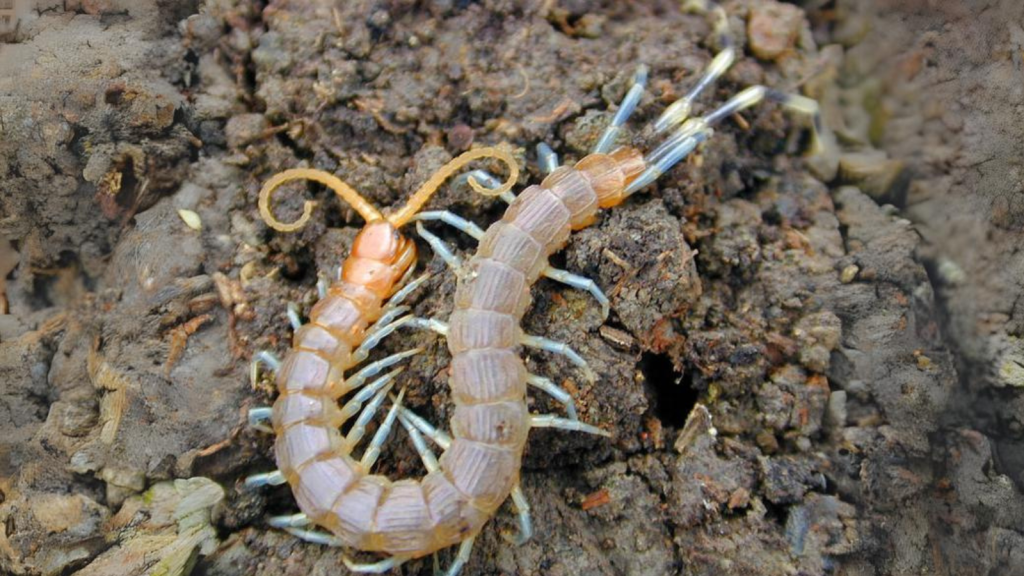
These many-legged creatures are swift and deadly predators. Garden centipedes hunt other invertebrates, including many pest species. They inject venom into their prey using modified legs near their head called forcipules. While their bite can be painful to humans, centipedes generally prefer to stay hidden and avoid confrontation. Some centipede species can live for up to six years, making them long-term pest controllers in your garden.
Parasitic Wasps
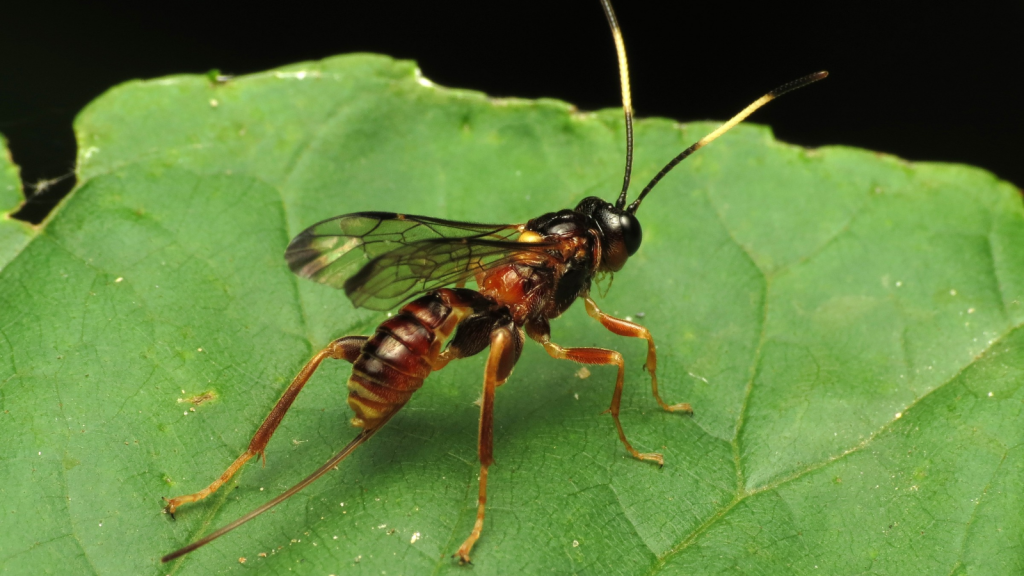
These tiny wasps might go unnoticed, but they’re efficient garden predators. Many species lay their eggs inside other insects, including caterpillars and aphids. When the eggs hatch, the larvae eat their host from the inside out. This gruesome but effective method of predation helps keep pest populations in check. There are over 6,000 species of parasitic wasps in the UK, each specialising in different host insects.
Shrews
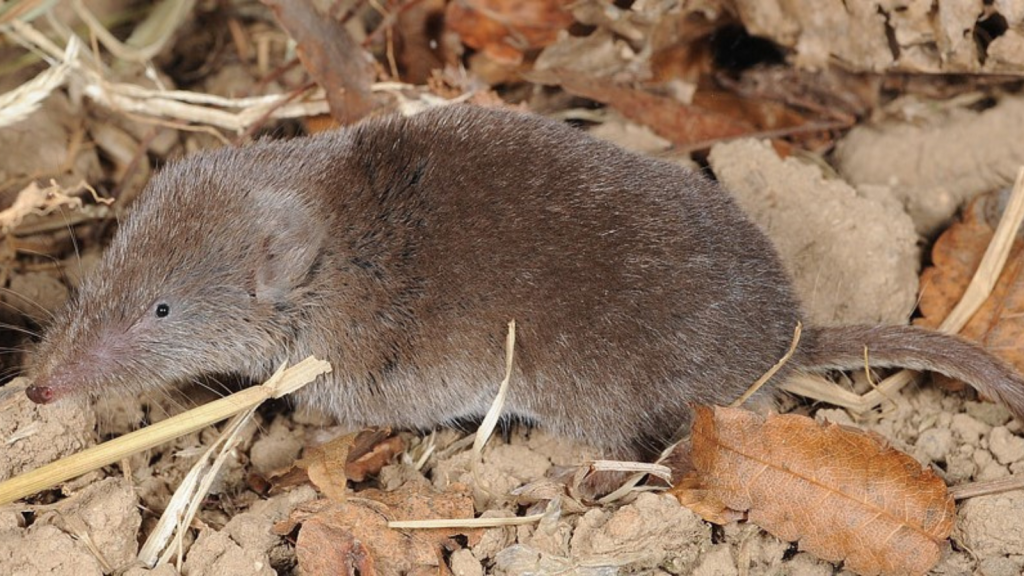
These small, mouse-like mammals are insatiable predators. Shrews have such a high metabolism that they need to eat almost constantly. They hunt insects, worms, slugs, and even small vertebrates. A shrew can eat up to three times its own body weight in food every day. Shrews are also known for their venomous saliva, which they use to paralyse their prey, allowing them to store live food for later consumption.
Lacewings
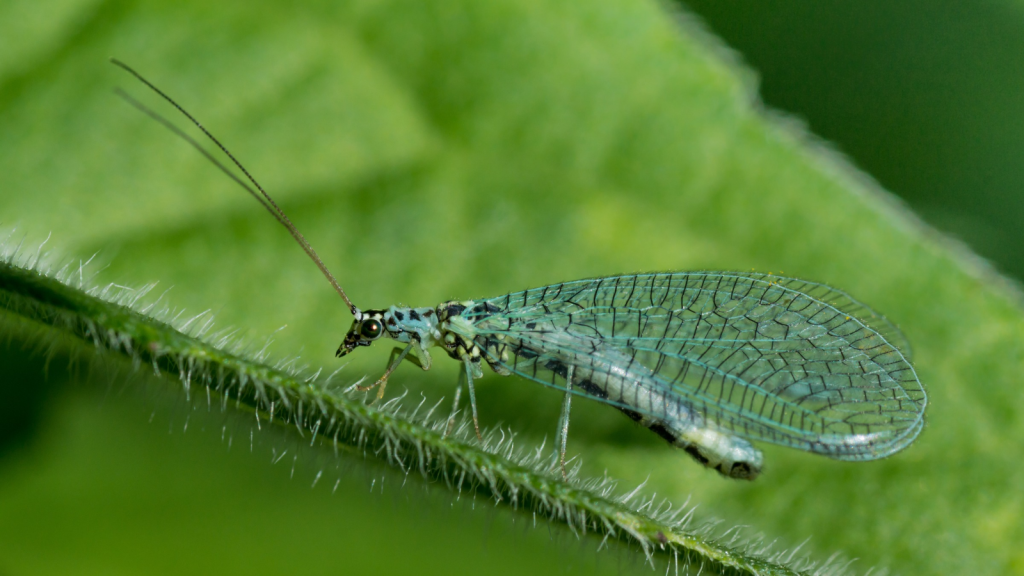
With their delicate, lace-like wings, these insects might look harmless. However, lacewing larvae are voracious predators known as “aphid lions”. They use their large, sickle-shaped jaws to pierce and drain the body fluids of their prey. A single lacewing larva can eat up to 200 aphids or other small insects in a week. Adult lacewings are also known to cover themselves with the carcasses of their prey as camouflage, earning them the nickname “garbage bugs”.
Spiders
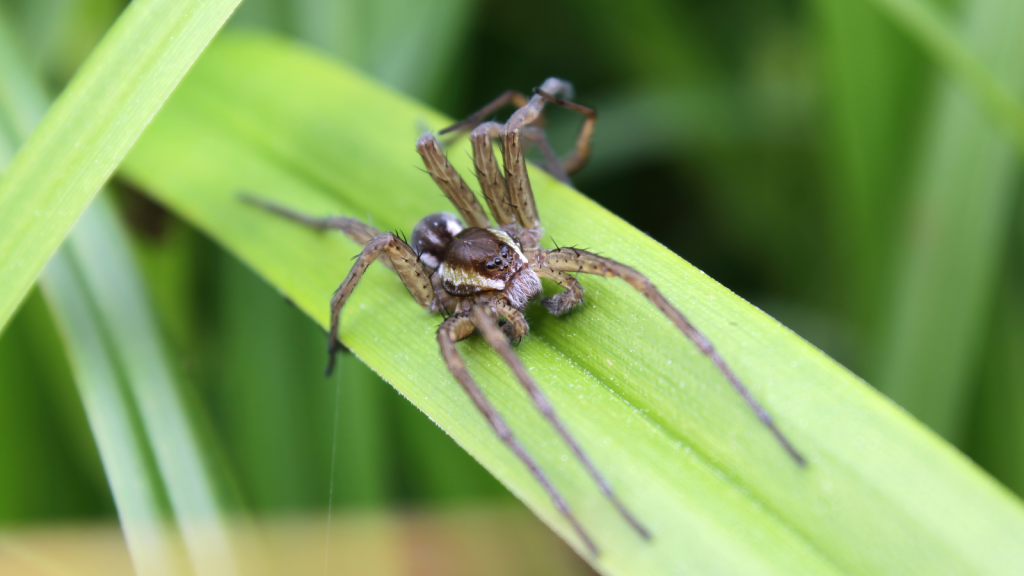
Garden spiders are diverse and efficient predators. From web-building species that catch flying insects to active hunters that chase down their prey, spiders help control many garden pests. Some, like the crab spider, can even change colour to ambush prey on flowers. The garden spider can spin a web up to 60 centimetres in diameter and rebuild it every day, demonstrating their tireless work ethic in pest control.
Slow Worms
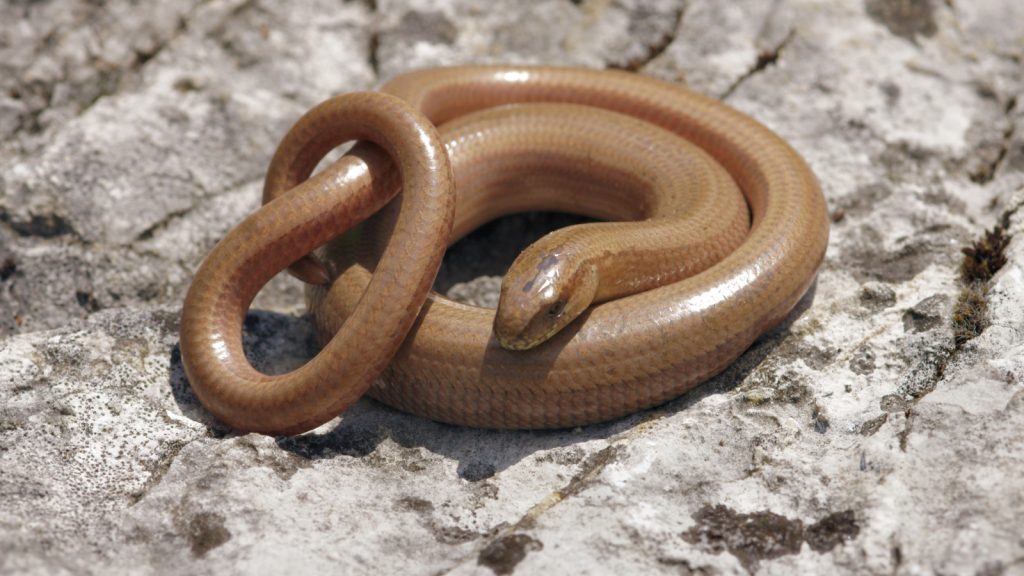
Despite their name and appearance, slow worms are neither worms nor snakes, but legless lizards. These shy reptiles are actually efficient predators in the garden. They hunt slugs, snails, and other soft-bodied invertebrates. Slow worms are particularly fond of slugs, making them valuable allies for gardeners. Unlike snakes, slow worms can shed their tails to escape predators and can live up to 30 years in the wild.
Robins
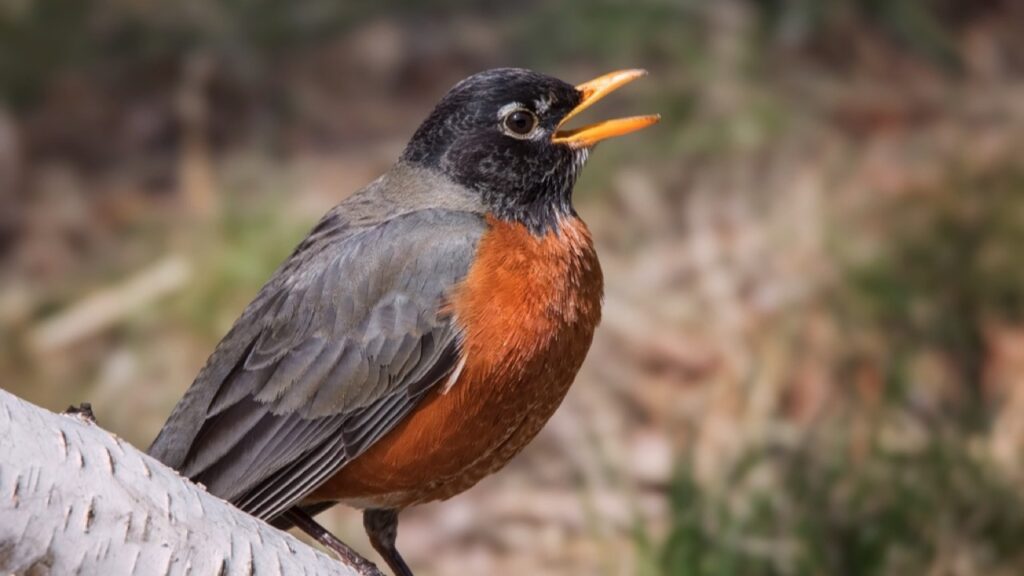
While we often think of robins as cheerful garden companions, they’re actually skilled hunters. Robins feed on a wide variety of invertebrates, including worms, insects, and spiders. They’ve even been observed catching small fish in garden ponds. Their keen eyesight allows them to spot the slightest movement in the grass or soil. Robins can hear earthworms moving underground and have been known to stamp their feet to imitate rainfall, tricking worms to come to the surface.
Frogs and Toads
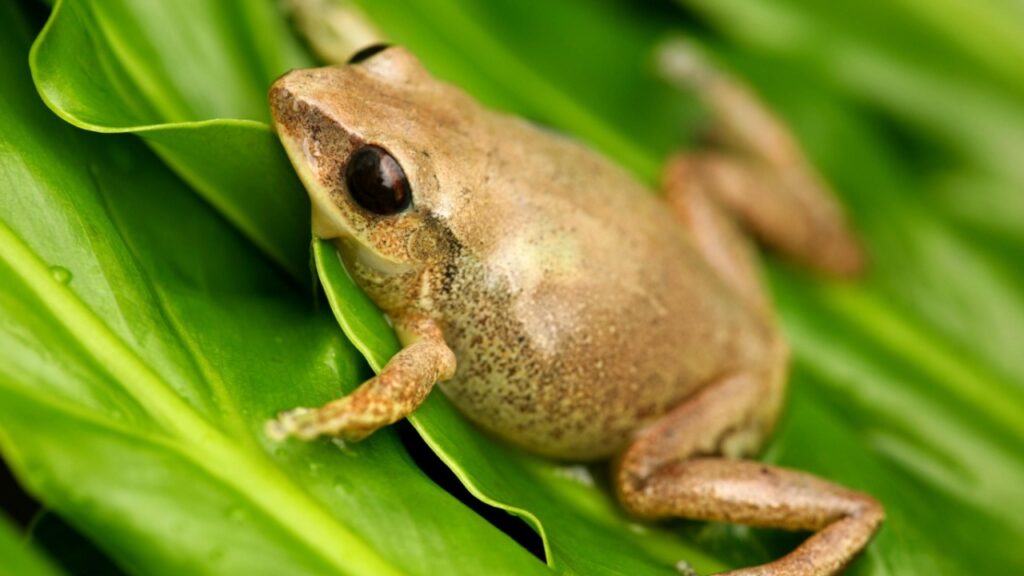
These amphibians are efficient garden predators, especially at night. They use their long, sticky tongues to catch insects, slugs, and other small invertebrates. Some larger species can even take on small rodents or birds. Frogs and toads are particularly valuable for controlling slug populations in damp gardens. Both frogs and toads can shoot out their tongues in about 15/100ths of a second, five times faster than a human can blink.
Hoverflies
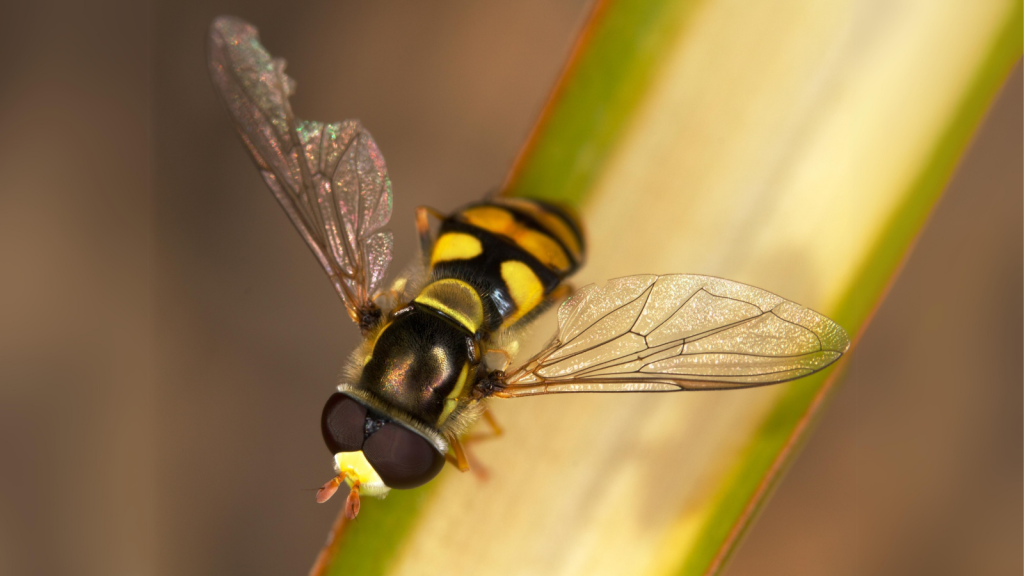
Often mistaken for bees or wasps, many hoverfly species are actually predators in their larval stage. Hoverfly larvae, sometimes called “maggots,” feed voraciously on aphids and other small, soft-bodied insects. A single hoverfly larva can eat up to 1,000 aphids during its development. Adult hoverflies are also important pollinators, making them doubly beneficial in the garden ecosystem.
Earwigs
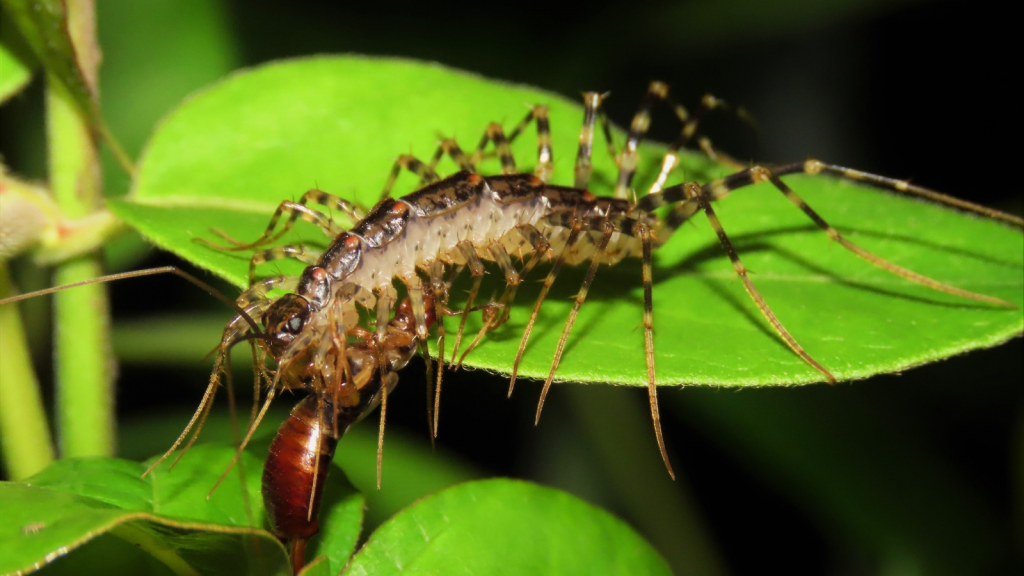
Despite their fearsome appearance, earwigs are generally harmless to humans and can be beneficial garden predators. They feed on a variety of soft-bodied insects, including aphids and mites. Earwigs are particularly active at night, when they emerge from hiding to hunt their prey. Female earwigs are known for their maternal care, which is unusual among insects; they clean and protect their eggs and even feed their young for a period after hatching.
Bats
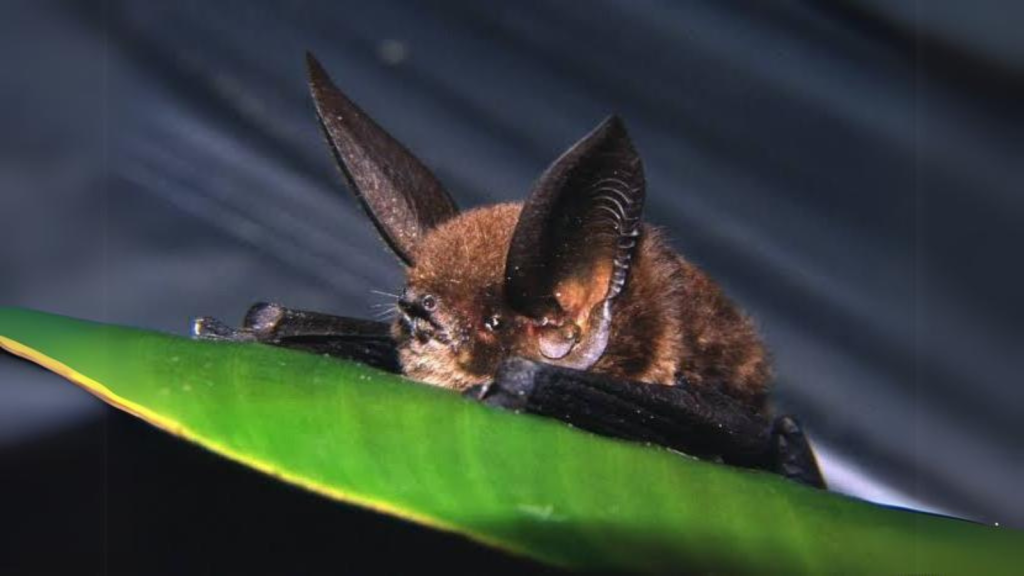
While not strictly garden dwellers, many bat species hunt in gardens at night. They’re incredibly efficient at catching flying insects, with some species able to eat up to 3,000 mosquito-sized insects in a single night. Pipistrelle bats, common in many parts of Britain, are particularly adept at hunting in garden spaces. Bats use echolocation to navigate and hunt, emitting high-frequency sounds that bounce off objects and return to their highly sensitive ears, allowing them to build a detailed ‘sound picture’ of their environment.

